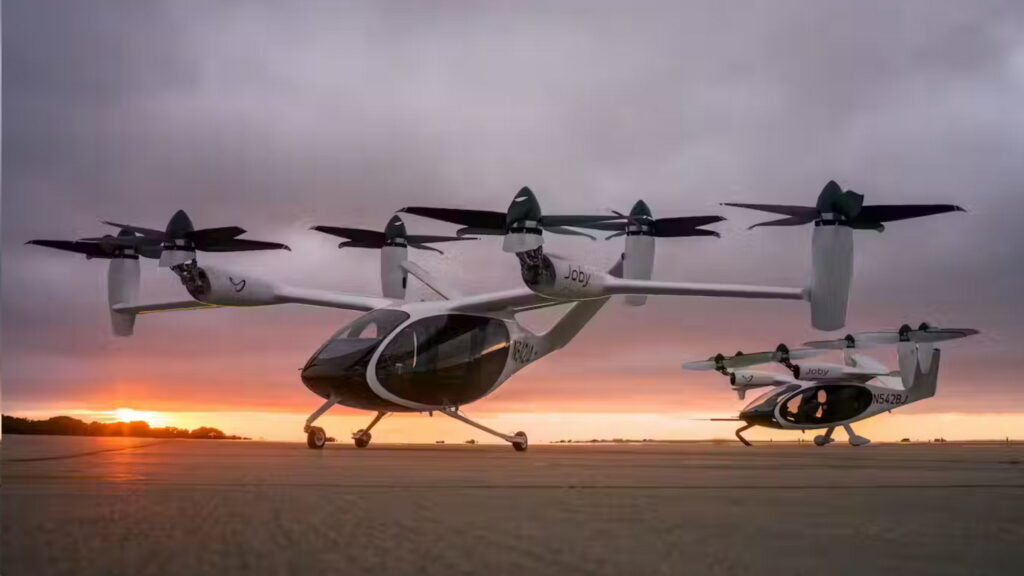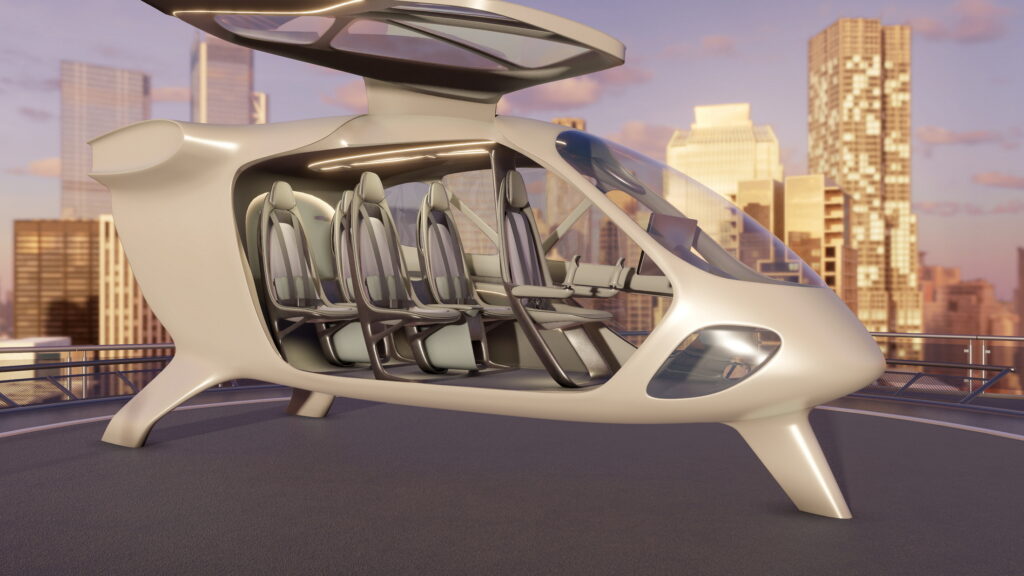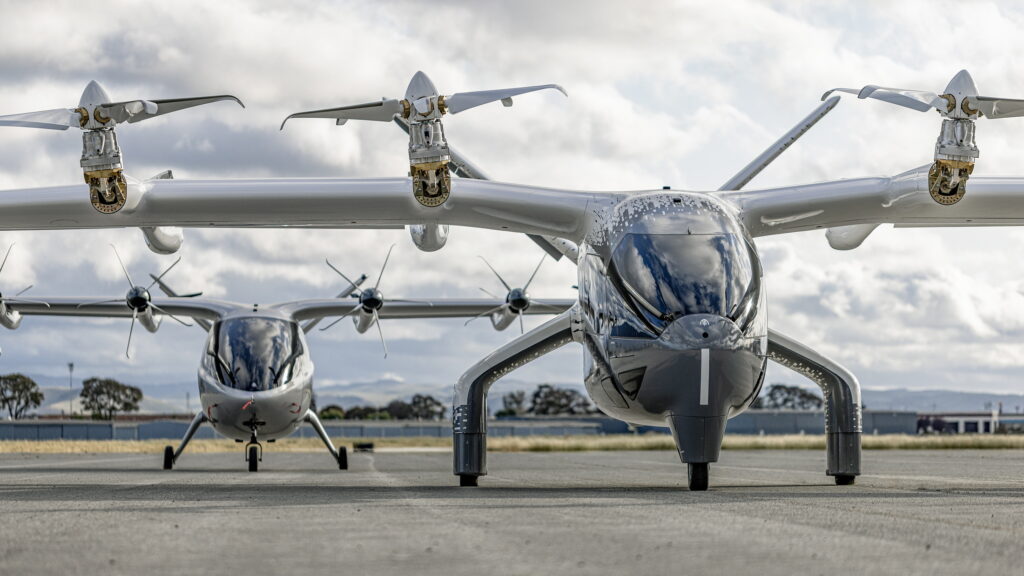The Federal Aviation Administration (FAA) described the announcement of a medium-term plan for the regulations of vertical takeoff and landing (VTOL) vehicles as “a new era of aviation once only portrayed in movies or science fiction.” However, it is taking the wind out from under some wings, as the reality of getting the vehicles into the skies safely becomes clear.
The FAA has previously said that it expects to get VTOLs into American skies by 2025. Now, its “Innovate28” plan lays out the future of aviation until 2028, and in it, the administration writes that “advanced air mobility vehicles” will need to have human pilots on board, who will mostly need to abide by existing flight rules for helicopters.
That caused shares in some companies that are working on urban air-taxis to fall, reports Bloomberg. While the Toyota-backed Joby Aviation Inc. lost 5.6 percent of its value following the publication of the FAA’s plan, the Stellantis-backed Archer Aviation Inc. lost three percent, though both companies have since clawed back value.
Read: Alef’s $300,000 eVTOL That Looks Like A Car Gets FAA Approval To Fly

For its part, the FAA is calling safety its “north star” for this plan. In pursuit of making these vehicles’ entry into service as predictable as possible, it will lean heavily on existing procedures and infrastructure.
That means that pilots will need to fly VTOLs, and they will be required to use predetermined flight schedules. These aircraft will be able to operate at heights of up to 4,000 ft (1,219 meters), using existing low altitude visual flight rules in metropolitan areas.
Initially, the vehicles will also have to use existing heliports, commercial airports, and general aviation airports. Meanwhile, the FAA says that local governments, as well as operators and manufacturers, will be responsible for planning developing new heliport/vertiport infrastructure.
The administration adds that it is also working with the Department of Energy, the TSA, and other stakeholders to determine the expanding power, security, and environmental considerations made necessary by this new class of flying vehicles.





